Let us know you agree to cookies
We use cookies to give you the best online experience. Please let us know if you agree to all of these cookies.
'Dinosaur asteroid' wrought springtime devastation
 Jonathan Amos
Jonathan Amos
Science correspondent
@BBCAmoson Twitter
- Published
- 7 hours ago
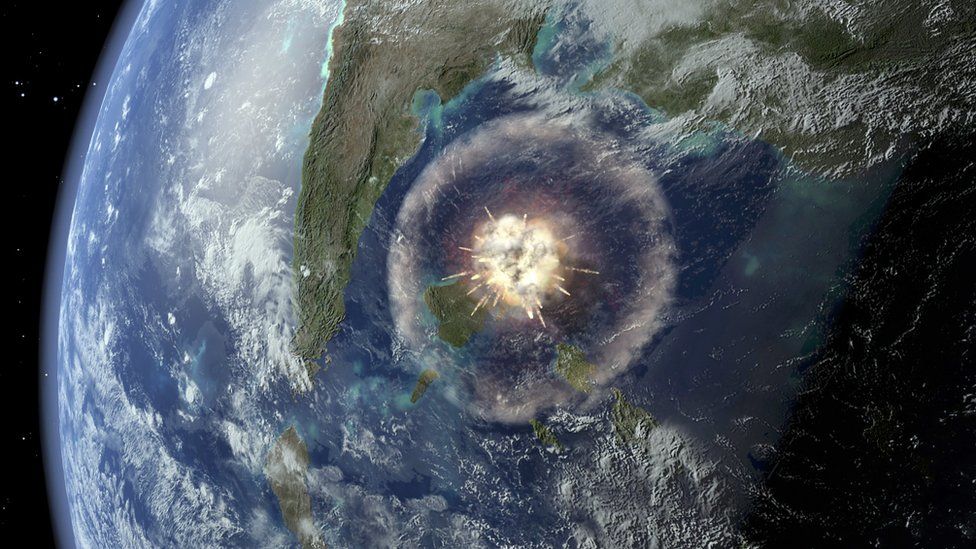 IMAGE SOURCE,SPL
IMAGE SOURCE,SPLScientists can't pinpoint the exact year that an asteroid came out of the sky to wipe out the dinosaurs but they're sure now that the huge space rock struck Earth in the Northern Hemisphere springtime.
And they think the seasonal timing may have been a critical factor that influenced which animal groups managed to live through the calamity.
Clearly, it made no difference for the dinosaurs, but it might have done for certain mammals, birds and plants. It could have made all the difference.
This was perhaps particularly so for those species living in the Southern Hemisphere, where it would have been autumn or early winter at the time of impact.
"In the Southern Hemisphere, many organisms would have been in hibernation or sheltering. That could have helped them," says Melanie During from Uppsala University, Sweden.
"In spring, you expect animals to be tending to their offspring which are very fragile, or perhaps they are still tending to eggs, waiting for them to hatch or be looking for food. That puts them in a vulnerable position."
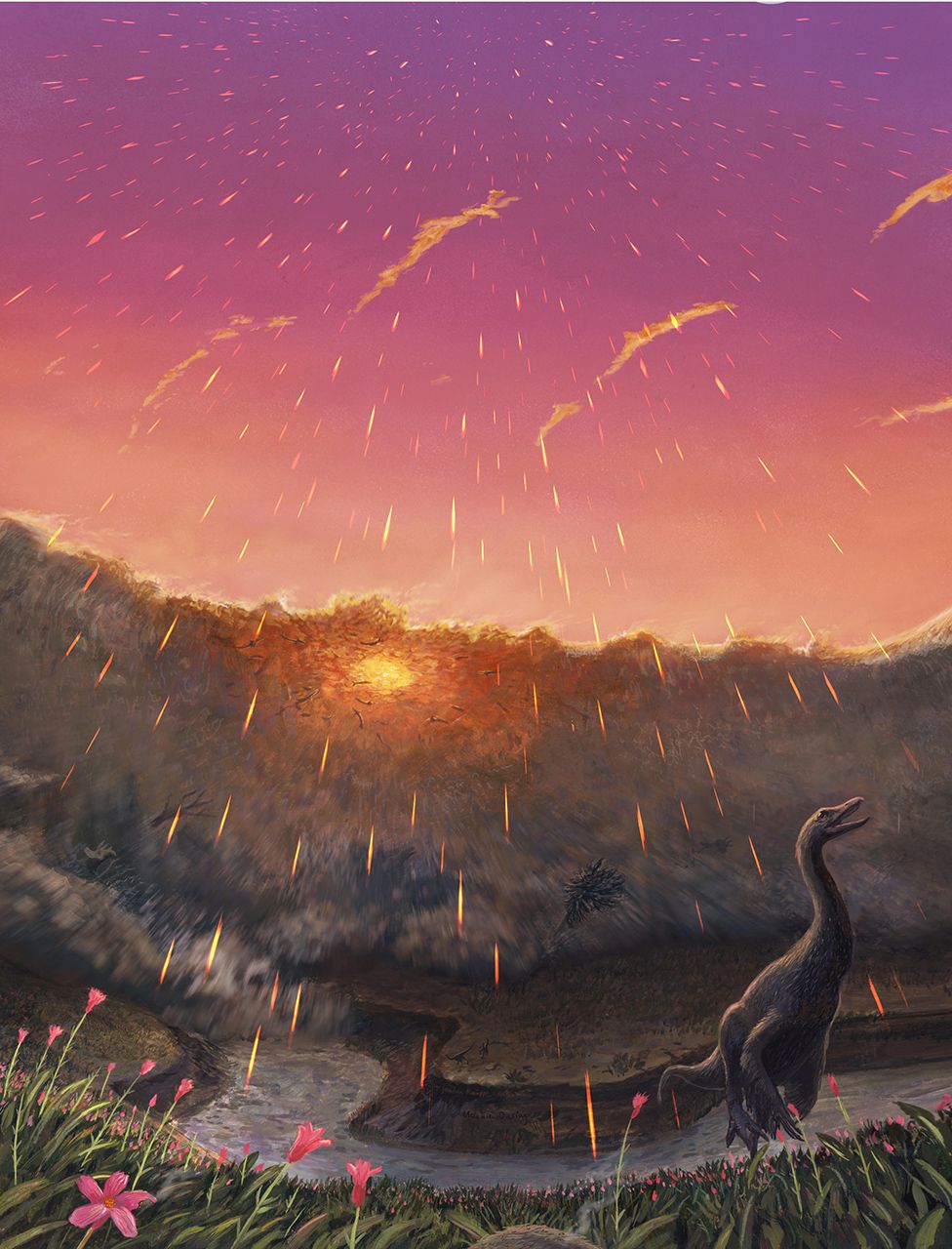 IMAGE SOURCE,JOSCHUA KNÜPPE
IMAGE SOURCE,JOSCHUA KNÜPPEMs During has just published her analysis of fossil paddlefish and sturgeon at a site called Tanis in North Dakota, US. These investigations suggest very strongly that the fish died in springtime.
If you haven't yet heard of Tanis, you're going to - a lot - over the next few years.
It's the place that records in extraordinary detail not just the day 66 million years ago that a 12km-wide asteroid slammed down on the planet, but the minutes and hours that followed the catastrophic impact.
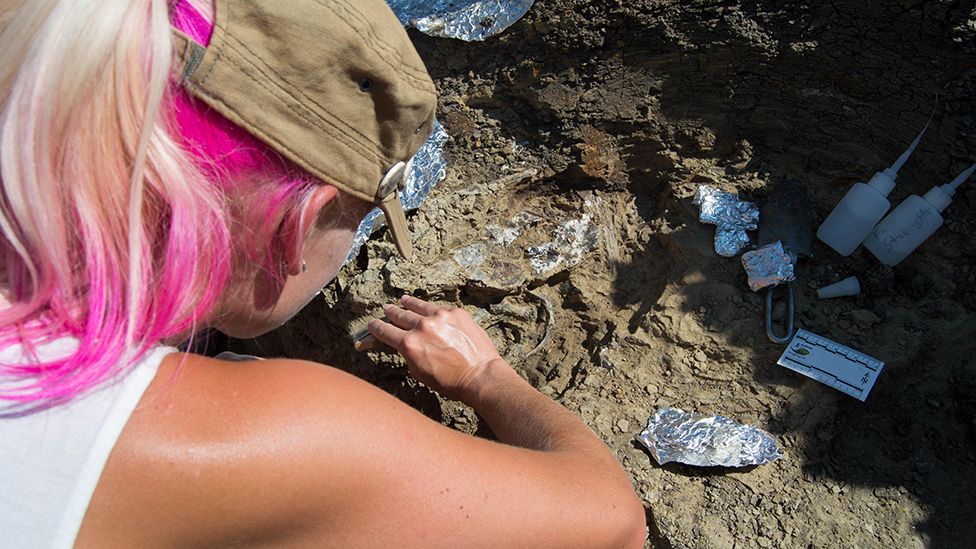 IMAGE SOURCE,JACKSON LEIBACH
IMAGE SOURCE,JACKSON LEIBACHThe giant space rock actually struck Earth in what is now the Gulf of Mexico, some 3,000km away from Tanis, but such was the energy imparted in the event, its devastation was felt far and wide.
The North Dakota fossil site holds the remains of fish hurled on to land and buried in sediment by waves of water set in train by unimaginable earth tremors.
The fish have particles stuck in their gills. These are the spherules of molten rock kicked out from the impact to then rain down across the planet.
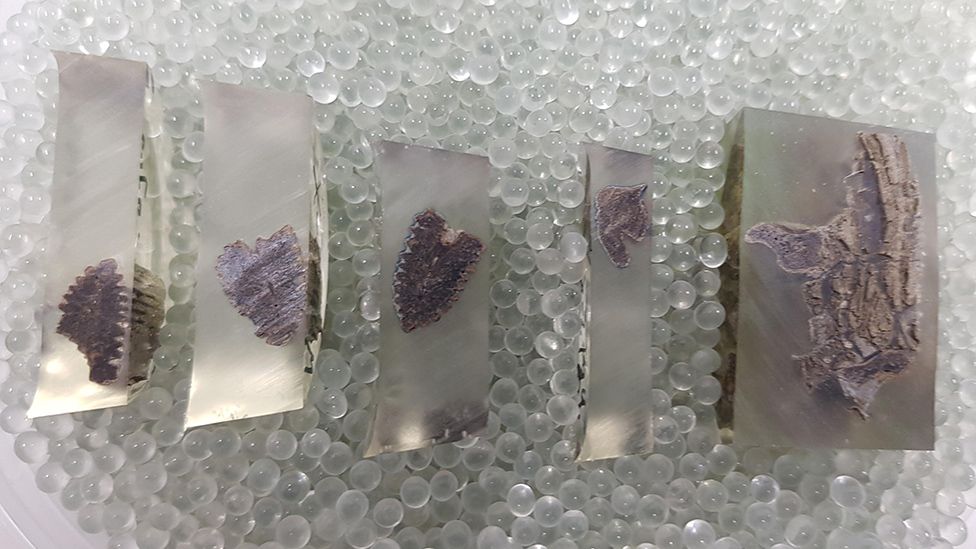 IMAGE SOURCE,VRIJE UNIVERSITEIT BRUSSEL
IMAGE SOURCE,VRIJE UNIVERSITEIT BRUSSEL"This deposit literally looks like a car crash frozen in place; it looks like the most violent thing I have ever seen preserved in pristine conditions," said Ms During.
With colleagues, she examined the atomic make-up of the fishbones and subjected them to X-ray analysis.
These investigations revealed not just where the paddlefish were in their annual growth cycle but also where they were in terms of seasonal consumption of food (what you eat is reflected in the chemistry of your bones).
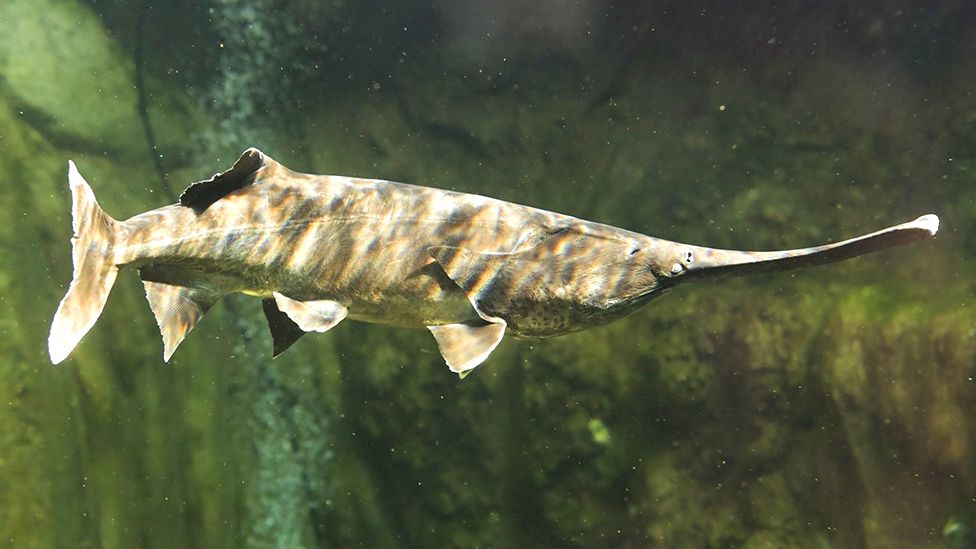 IMAGE SOURCE,GETTY IMAGES
IMAGE SOURCE,GETTY IMAGES"So there are two independent curves based on independent principles, but they converge both on spring, which means we were able to confidently say that the meteorites came down in spring," explained co-worker Dennis Voeten, also from Uppsala.
The team's study was published in the journal Nature on Wednesday.
It echoes the work from a separate group who put out their findings in the journal Scientific Reports in December. This gives us plenty of assurance that spring really was the impact season.
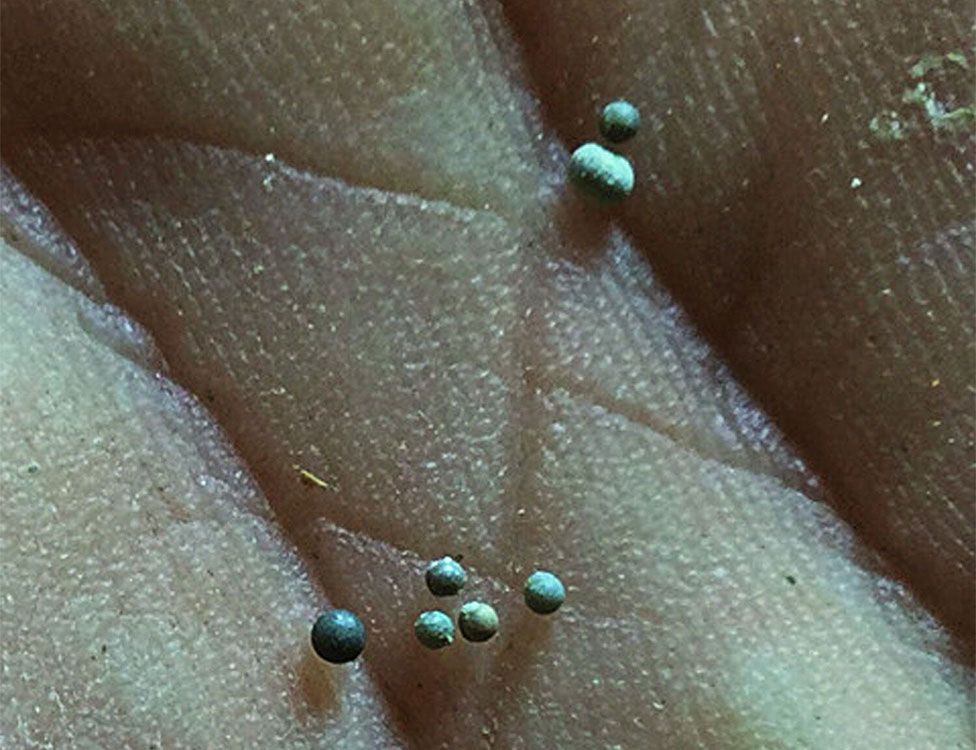 IMAGE SOURCE,ROBERT DEPALMA
IMAGE SOURCE,ROBERT DEPALMAProf Phil Manning from the University of Manchester, UK, was part of the December reporting team.
He said the global climate was cooling at the time of the impact so ecosystems would have been feeling the pressure of change anyway.
"It's just that when you throw a spanner in the works in the shape of an asteroid smashing into Earth at 60,000mph, it tends to tip the scales and it was the straw certainly that broke the dinosaurs' back," he told BBC News.
"But, yes, it was at a sensitive point for the Northern Hemisphere. Spring is when everything is literally springing back into life, and that's not the time to put the anchors on everything."
The BBC will be screening a TV special about Tanis with Sir David Attenborough. The programme, Dinosaurs: The Final Day, will be aired in the coming weeks.

- 10 September 2019

- 29 March 2019
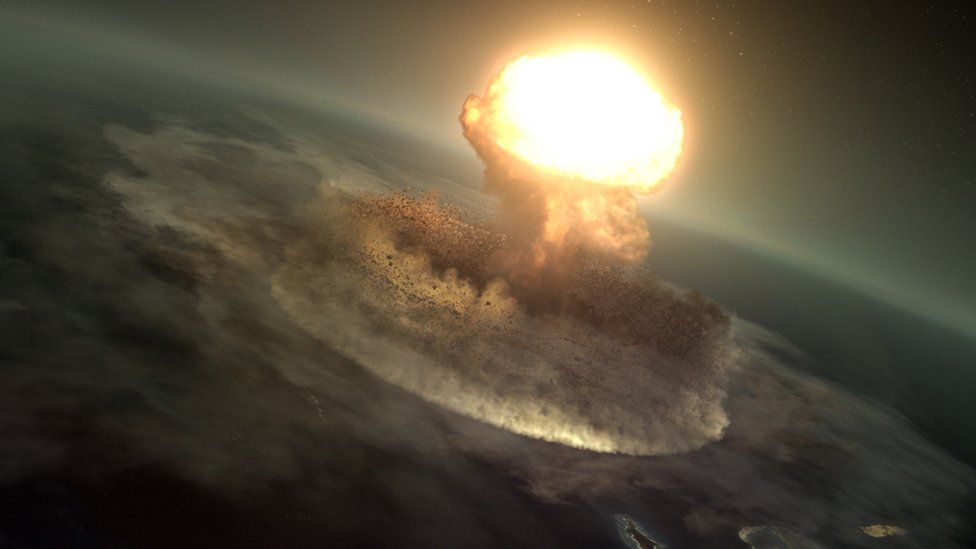
- 25 October 2018
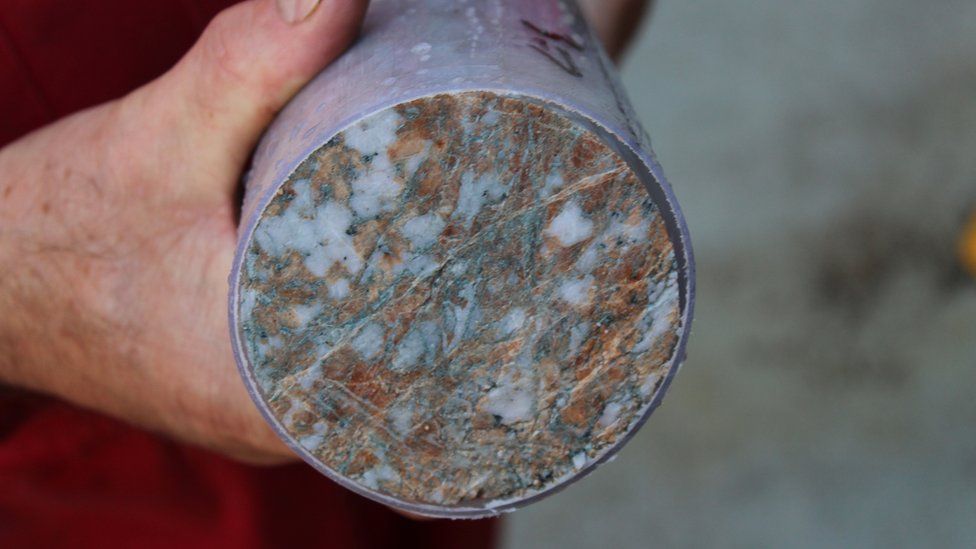
- 31 October 2017

- 15 May 2017

- 13 December 2016
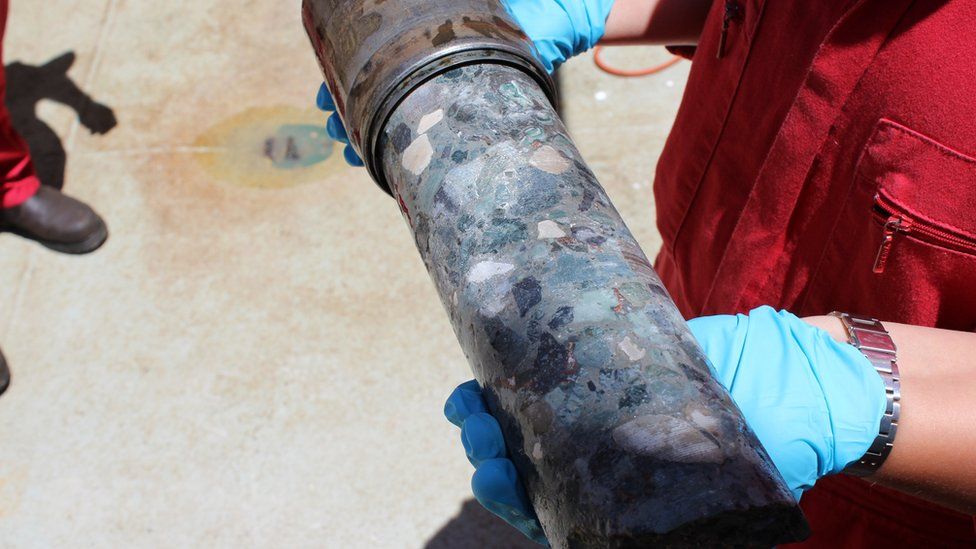
- 11 October 2016
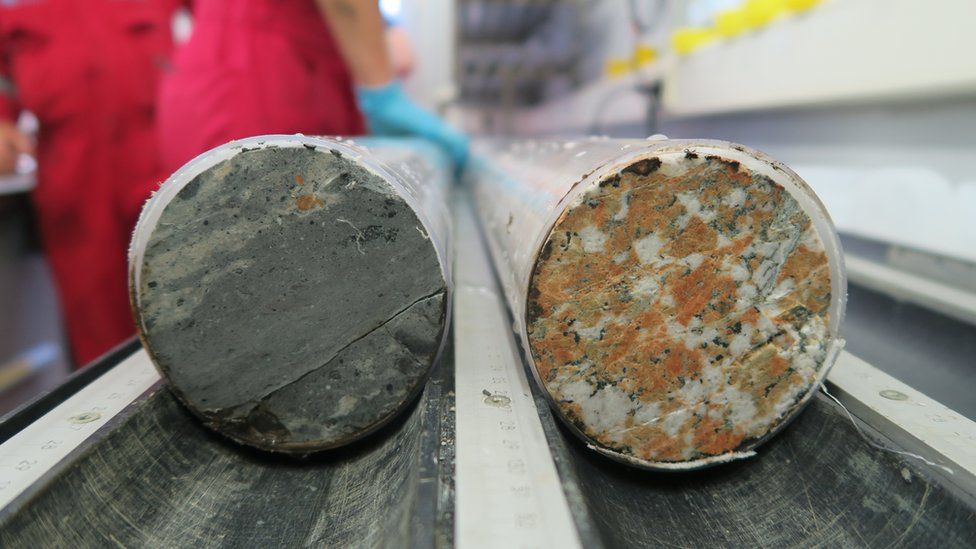
- 25 May 2016
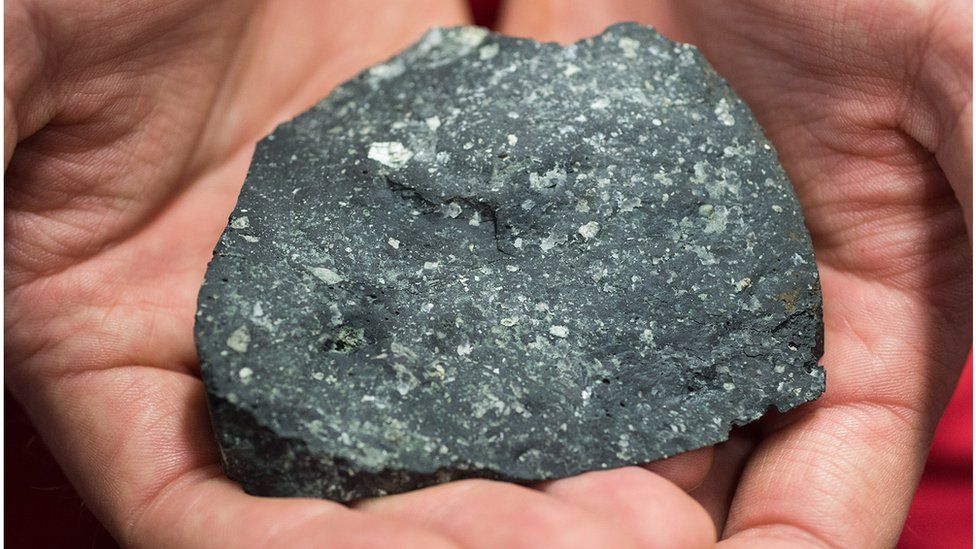
- 5 April 2016

No comments:
Post a Comment